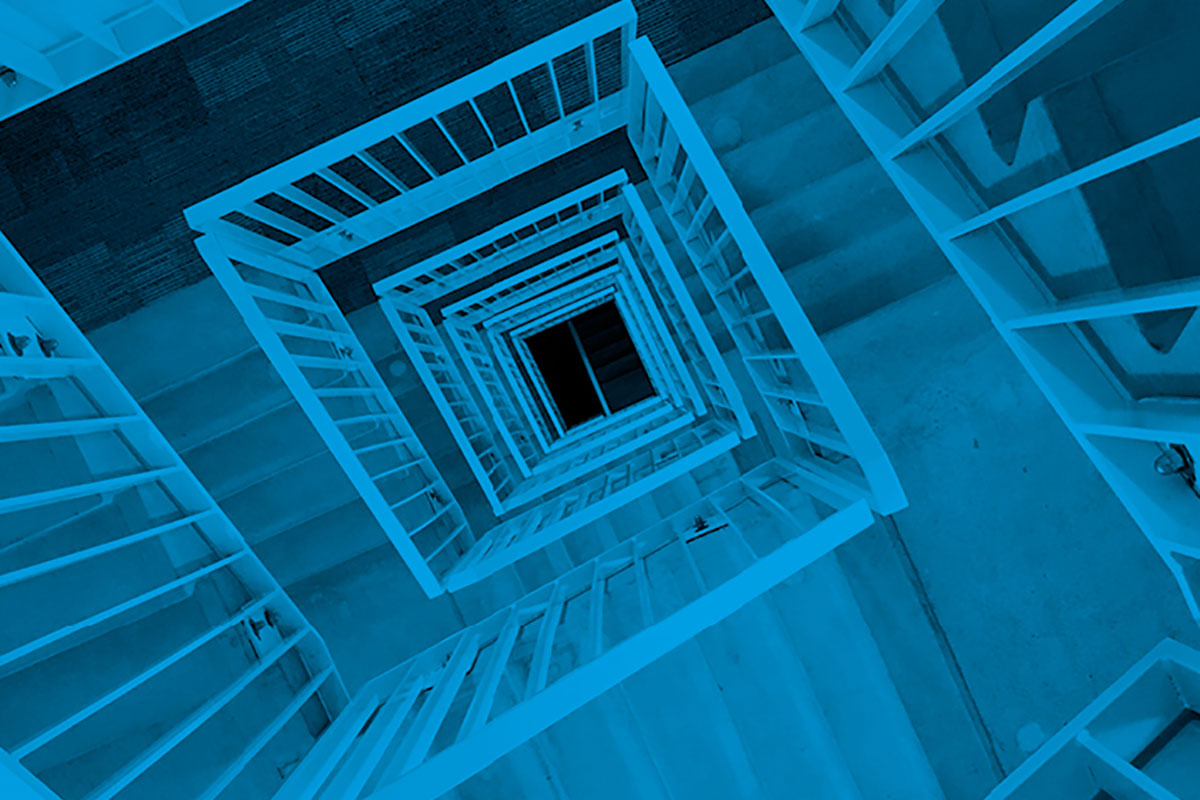Grenfell cladding consultation did not mention fire safety
A consultation asking Grenfell Tower residents if they supported plans to clad the outside of the 24-storey building made no mention of fire safety.
The consultation document also revealed how, residents chose fire retardant zinc cladding for their homes, a choice which was ultimately ignored by their management organisation.
Consultation papers, which are still available on the Royal Borough of Kensington and Chelsea’s website, show occupants of the building were canvassed about the plans to clad it in February 2012.
The questionnaire was answered by 61 of the 120 households living in the tower, with 73% giving their support to cladding the building and only 13% rejecting it.
It asked residents: “Do you think Grenfell Tower would benefit from thermal insulation cladding? This would have the effect of making the building warmer in winter and cooler in summer and would mean homes require less heating. It would also improve the external appearance of the building.”
There was no reference to fire safety. By 2012 other building fires, not least the Lakanal House disaster in 2009, had been linked to the addition of composite panels to the outside of the building.
In a second questionnaire, sent in May 2012, the council sought views on the preferred colour of the cladding.
The document, which was answered by only six named Grenfell Tower residents, gave them choices for the cladding including “colourful”, “robust” and “white”, but did not ask whether they would like it to be highly fire retardant or not.
Nonetheless, later documents revealed a majority of residents picked zinc cladding with a mineral core as their preferred choice for the exterior of the building.
A pamphlet circulated to residents in August 2012, following further consultation exercises, said: “Various cladding options have been shown to residents, with the composite zinc cladding system being favoured by the majority.”
The system selected by residents had a “high-density mineral rich core”, and was ranked ‘FR’, standing for fire retardant.
As has been reported by national newspapers, this was later switched to aluminium composite cladding with a polyethylene core – a product that later failed government combustibility tests.
Kensington and Chelsea Tenant Management Organisation (KCTMO), which carried out the consultation, has been contacted for comment.
Update: On 17.7.2017 at 9.34am
A reference to cladding in relation to the 2009 Lakanal House fire was changed to read ’composite panels’.












